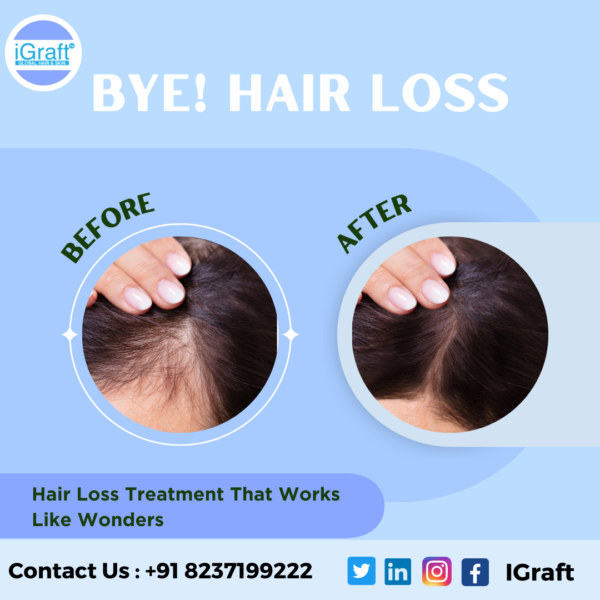Hair- Loss syndrome is still a problem
Hair Loss is termed as male-pattern hair loss (MPHL) when it affects males and female-pattern hair loss (FPHL) when it affects females.
Hair Loss generally affects the top and front of the scalp. In males the hair loss is often demonstrated as a distant hairline while in females is usually the thinning of the hair.Male pattern hair loss is assumed to be because of the combination of genetics and the male hormone “dihydro testosterone” and in case of female pattern hair loss remains ambiguous.Treatments to Hair Loss may include intakes like minoxidil, finasteride and other meditative pills. The other way to treat the hair loss is the hair transplantation.
Signs and symptoms
In general, the male pattern of hair loss begins at the side of the head behind the eyes or at the skullcap and exceptionally advances to complete baldness. Whereas in females, hair loss more regularly causes the thinning of hair without hairline declination. The evolution of female pattern baldness is generally categorized on her Ludwig scale (top of head), which ranges in two stages that the scalp starts to show.
Causes
Hormones: Men with early on androgenic alopecia tend to have lower than normal values of sex hormone- binding globulin (sex hormones that binds androgen and estrogen), follicle stimulating hormone (regulates the development,growth,pubertal maturation and reproductive processes of body), testosterone (male sex hormone) and epitesterone ( androgen sex hormone testosterone) when compared to men without pattern hair loss.
Genetics: Balding stems from a number of different causes or influences with various lines of indication suggesting most likely to be hereditary disease or other disorder. Androgen and Androgen receptor (type of nuclear receptor) are inaugurated cause of androgenic alopecia.
Age Factor: Androgen provokes the growth of facial hair, but can restrain the scalp hair. This is called “Androgen Paradox”. There are number of changes that occur with aging:
- Decrease in testosterone
- Decrease in serum DHT and 5-alpha reductase
- Decrease 3AAG, a peripheral marker of DHT metabolism
- Increase in SHBG
- Decrease in androgen receptors.
Metabolic Syndrome: Group of risk factors which have no signs or symptoms. Doctor can evaluate your metabolic syndrome.
- Metabolic syndrome is linked to fat accumulation in the liver (Fatty Liver), resulting in inflammation and loss of liver cells.
- The kidneys can also be affected, as it has association with microalbuminuria (is a urine test that measures the amount of albumin in the urine) — the leaking of protein into the urine, a subtle but clear indication of kidney damage.
- Other problems associated with metabolic syndrome include reduction in breathing during sleep, PCOS, increased risk of memory loss with aging, and cognitive decline in the elderly.








